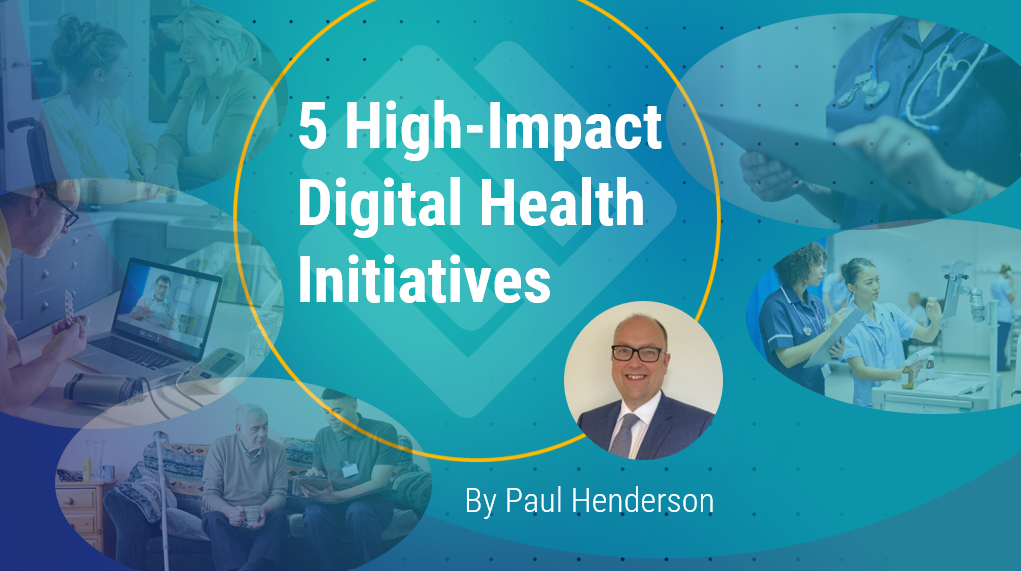
Nobody could argue that the pandemic hasn’t changed healthcare in the UK significantly. We’ve witnessed widespread change across trusts and integrated care systems (ICSs), and there’s one area where this is truer than most – digital health.
While government lockdowns and enhanced hospital restrictions were used to minimise the spread of Covid, significant advances were being made in digital healthcare, borne out of necessity. Many of these solutions have bedded in, to various degrees, but there is still work to be done.
Early adopters are seeing the benefits of improved performance and outcomes, and fast followers are taking notice, all with the goal of improving lives and delivering exceptional care through digital innovation.
But with budgets tight and resources stretched, how do you know which digital solutions to invest your time and focus on, to deliver maximum benefit for the public and the workforce? And if you’ve already started on the journey, how can you enhance what you’re currently doing?
Let’s take a look at five key digital innovations that leading ICSs are using to transform patient care and improve ways of working.
1. Shared care records (SCRs)
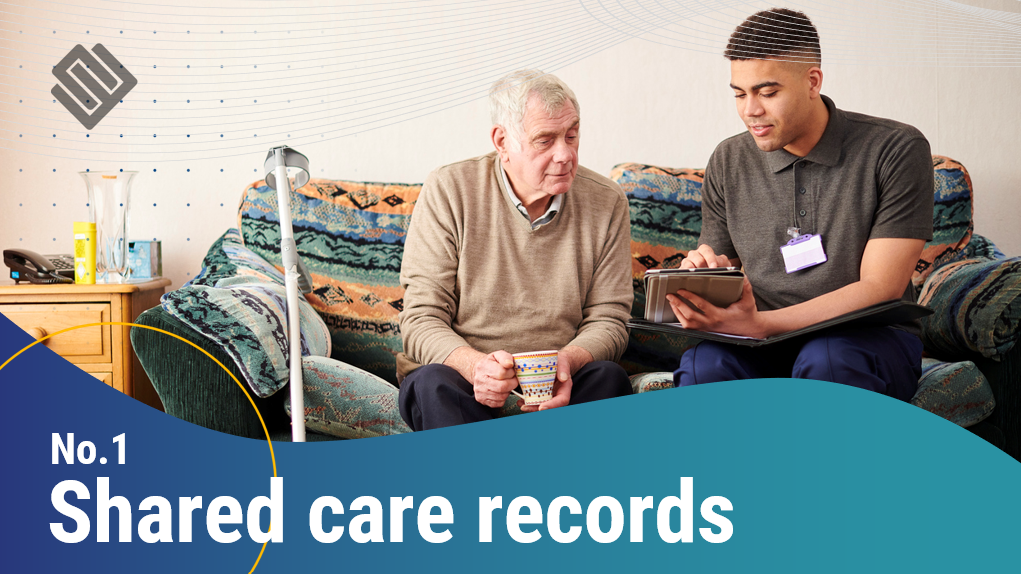
At the last check, 88% of ICSs had an SCR in place. Those shared records have laid the foundations for improved patient safety and workforce productivity by enabling the visibility of complete records at the point of care.
Leading ICSs are now building on this by using the data at their fingertips to improve care on a much larger scale. The Yorkshire and Humber Care Record (YHCR) is one great example. Containing records about 5.8 million people across 74 organisations, it is modelling patients’ data to develop insights into the unique health issues of its population so health and care organisations can plan services that meet local needs. SCRs can therefore be the springboard to improve how multi-disciplinary teams work across different organisations to help their patients.
SCRs can also create an impact in other ways. As a publicly funded organisation, the NHS will need members of the public to take control of their wellbeing if the service is to survive and flourish. Demand has always been high and has only increased over the last few years. And whilst people are using more services, the budget has not grown in real terms to reflect this. So, SCRs can potentially give the public more control, with access to their own data and improve the overall usage of the NHS.
This inevitably raises further questions about the future use of SCRs. While SCRs are improving the quality and timeliness of data, what is their future? Can they become the enabler of transformation of health and care services? And can they be the platform for ongoing improvements to patients’ lives and service users’ experiences?
To help answer some of these questions, we have partnered with the Local Government Association to gather the views, experiences and aspirations of Association of Directors of Adult Social Services (ADASS) regions and have compiled them into a useful free guide. This guide covers common challenges faced by SCR implementations, advice for delivering a successful SCR and the untapped opportunities these can present.
2. Digital front doors
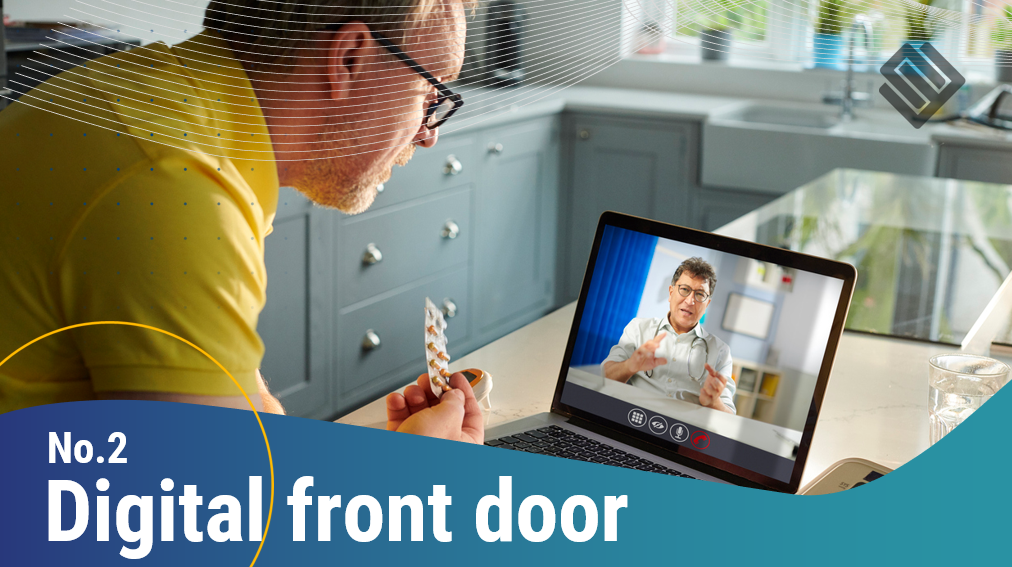
During the pandemic, NHS services had to close their physical doors and open new digital ones. The only way that most people could access healthcare was online, and many primary care providers opened new digital services to meet demand. This led the way to video consultations, online triage and an easier flow of information between providers, particularly where the providers were connected to SCRs.
For many, the NHS App was their first experience of a digital health and care front door. Despite only being around for three and half years, it already has 22 million users. And this may just be the beginning. With immersive tech such as extended reality (XR), there are new possibilities for digital to support health and care. It’s not about using digital front doors for the sake of it. It’s about improving patient services and lives for the long term.
Now that Covid is no longer at its peak in the UK, we can start to consider how this digital progress can be sustained and developed in a post-pandemic landscape. A seamless omnichannel experience (think social media and leveraging the cloud) can deliver digital solutions economically and at scale. But we need to look at it from the other side as well. What are patients’ attitudes towards a digital-focused future? Is there a risk of overwhelming patients with too much reliance on digital?
While the user experience of digital front doors will inevitably need to be refined over time, this really is the future of health and care. But what does that mean exactly?
In this article “Unlocking the health and care benefits of immersive tech for your staff and patients”, I consider further how technology can transform the public, workforce and patient experience of health and care for years to come.
3. Joining up health and care processes
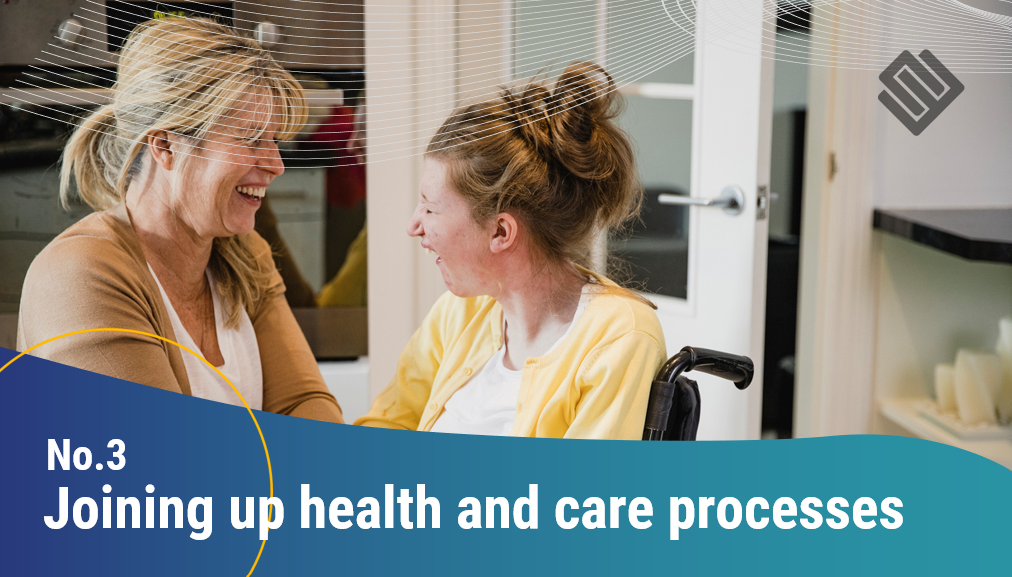
Seamless patient care, which improves the quality of life for people and creates a better experience for the workforce, is the aspiration for all NHS organisations.
A great example of integrated health and care in action is ‘discharge to assess (D2A)’, which brings together services that offer support for people to safely leave hospital and continue their care in a setting that is right for them, often their homes. According to NHS figures, in March 2022 12.9% of all available acute hospital beds were occupied by patients who no longer had medical reasons for being there. By aligning services, beds could be freed for those who needed them most.
When looking at ways to integrate health and care within your health organisation, remember to maintain focus on the quality of patient experience, allow the flexibility to test and develop models that meet local needs and make sure you have the resources to sustain it.
In this article, Channel 3 leaders Ralph Cook and Stuart Lindsay discuss steps providers can take to unblock the bottleneck of patient flow at discharge and help people safely transition back to their homes and communities from hospital.
4. Electronic Prescribing and Medicines Administration (EPMA)

The benefits of a fully integrated digital system that connects with patient records and dispensing software are clear. Those systems reduce the chance of mistakes and save valuable time for clinicians, who can then devote more time to their patients.
A great example of this is Berkshire Health NHS Foundation Trust, which has started saving an estimated 1,000 to 1,500 hours each year on medicine administration after implementing EPMA in its inpatient mental health wards.
If you’re considering rolling out an EPMA within your ICS or health organisation, it is important to note that it takes robust programme management and effective engagement with nurses and pharmacists to unlock the full benefits. But done in the right way, the effects can be transformational for your clinicians and support staff.
Channel 3 has proven expertise in this area. Working in partnership with Central and North West London, we’ve been able to implement an efficient EPMA system that has delivered huge benefits for the workforce and patients.
5. Optimising your Electronic Medical Records (EMRs)
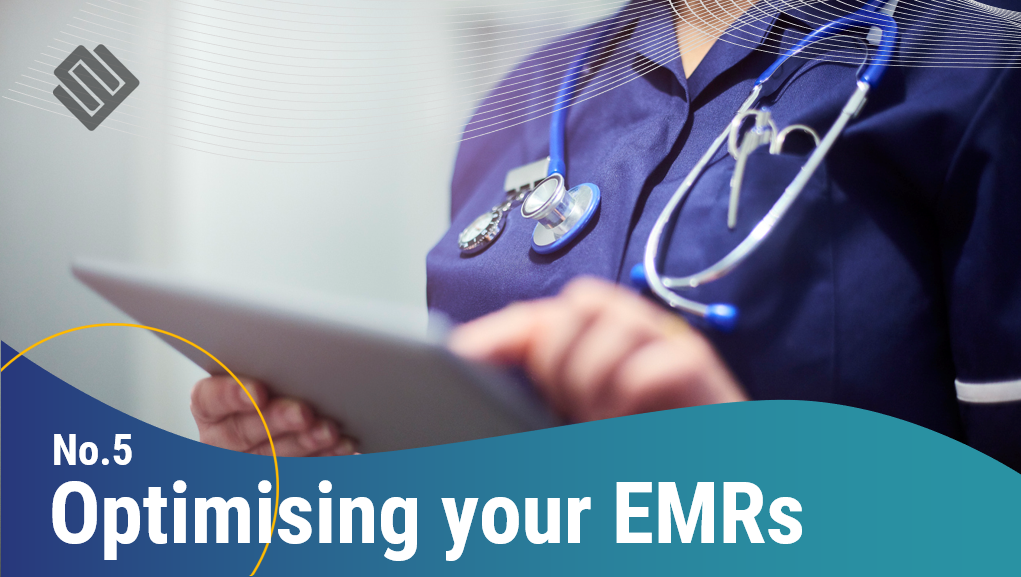
Health and social care organisations have been on a technology journey for years, with huge sums already invested in moving to digital solutions and away from paper-based processes. Yet many staff are still dissatisfied with the systems they need to use every day. Where this is the case, and electronic medical records (EMRs) have been implemented, the next question to ask is ‘How can we get more out of the investments that we have made?’
Take Derbyshire Community Healthcare, whose EMR was already providing some benefits but where the trust knew the system could do even more. Through a project of optimising their EMR, they enabled their triage hubs to quickly double the number of calls they can handle to 15,000 per month.
This is just one example of how additional benefits can be delivered by optimising your digital assets. Organisations that prioritise asset optimisation, alongside other initiatives to expand their IT estate, unlock a way of delivering quick wins on familiar software platforms, often whilst other work is in flight.
When reviewing an EMR setup, selecting a new EMR is not always the best approach. Sometimes improvements can be made by other means and through optimising what is already in place. As Channel 3 Partner, Eleanor Rollason illustrates in her article, “Clinical systems can change lives – are you ready to inspire great change?”, new clinical systems don’t necessarily lead to better outcomes. In any case, the key to success lies in thorough planning, engaging the right stakeholders and, in many cases, getting more out of what you already have at your disposal.
These examples should help you scope out your own digital delivery plan so that you can harness the power of digital to improve lives, deliver better care and improve patient outcomes.
Whether you’re at the start of the digital refresh for your trust or ICS or are midway through your transformation roadmap and planning for the next phase, each of these high-impact digital interventions will serve you well during your transformational process.
If you’re planning the digital journey for your ICS or healthcare organisation, follow us on LinkedIn for the latest digital health and care insights. And if you’re ready to discuss how you could implement the innovations outlined above to deliver your vision, please contact Paul Henderson using our online form or via LinkedIn.
About the author

Paul Henderson
Paul Henderson has over 30 years of experience supporting the design and implementation of healthcare technology programmes that enable clients to transform the care and services they deliver for patients.
